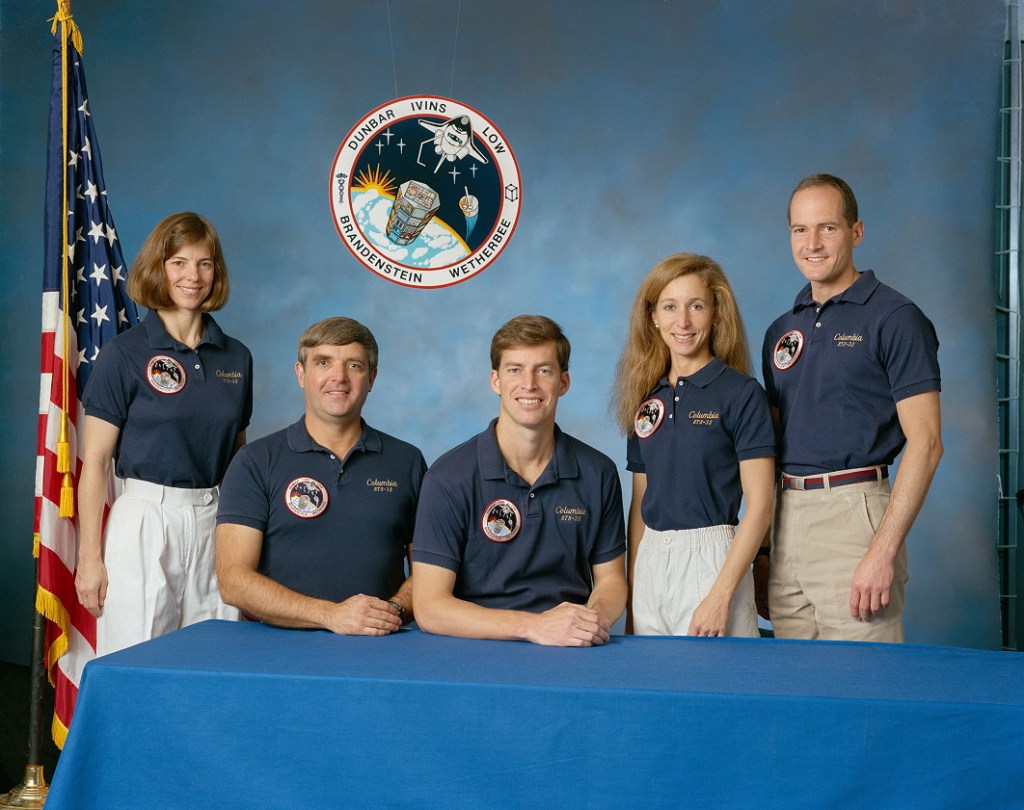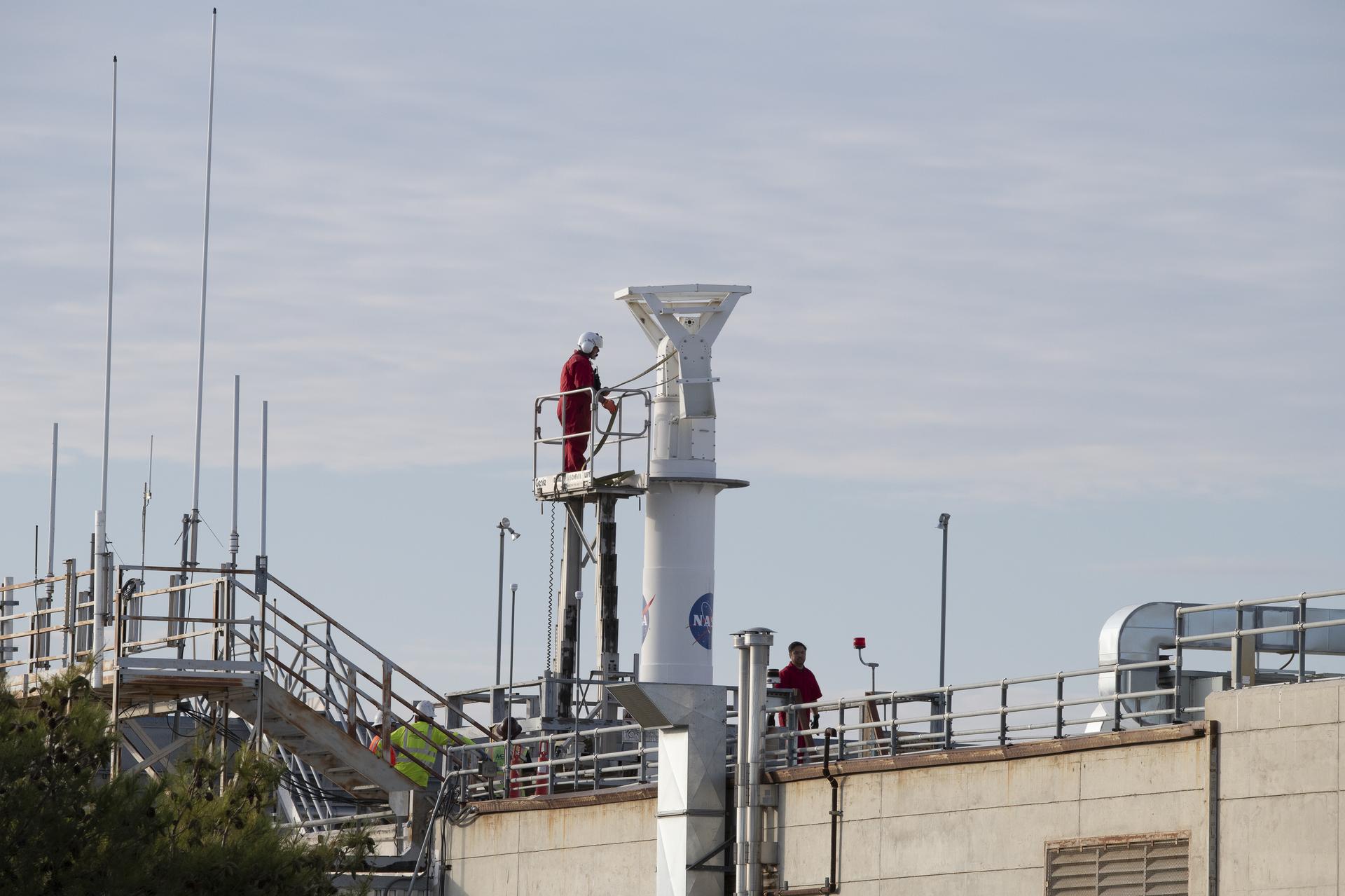The Opticron Explorer 8×42 is packed with premium features that are typically found in much more expensive monoculars. It boasts not only BAK-4-coated prisms for superior image clarity but also ED-R-coated glass with Opticron’s latest high-light transmission coating. With a wide, 7.5-degree field of view and a wide-angle eyepiece offering long eye relief for people who wear glasses, this monocular ensures an immersive viewing experience. The multistage, retractable eyepiece features a pleasant and damped action to accommodate both spectacle and non-spectacle wearers with ease. We found the focus wheel to…
Read MoreDay: January 9, 2025
An amateur astronomer used an old technique to study Jupiter — and found something strange
Scientists and amateur astronomers have teamed up to upend a long-held assumption that Jupiter’s iconic swirling clouds are made of frozen ammonia — a pretty foundational revelation about the gas giant we thought we knew well. Using commercially available telescopes and spectral filters, an amateur astronomer named Steve Hill collected data to map the abundance of ammonia in Jupiter‘s atmosphere, but Hill ultimately found something that contradicted previous models of the gas giant’s atmospheric composition to begin with. “I was intrigued!” Patrick Irwin from the University of Oxford told Space.com.…
Read MoreSummary of the 2024 NASA LCLUC Science Team Meeting
Earth Observer Earth Home Earth Observer Home Editor’s Corner Feature Articles Meeting Summaries News Science in the News Calendars In Memoriam More Archives 32 min read Summary of the 2024 NASA LCLUC Science Team Meeting Introduction The 2024 NASA Land-Cover and Land-Use Change (LCLUC) Science Team Meeting (STM) took place from April 2–4, 2024 at the Marriott Washingtonian Center in Gaithersburg, MD. During the meeting, 75 people attended in-person. Represented among the attendees were LCLUC project investigators and collaborators, NASA Headquarters (HQ) program managers, and university researchers and students –…
Read MoreSpaceX rolls Starship out to pad ahead of Flight 7 test launch (photos)
SpaceX is gearing up for the next test flight of its Starship megarocket, which is just a few days away. The company rolled Starship‘s 165-foot-tall (50-meter-tall) upper stage — known as Starship, or simply “Ship” — out to the launch pad at its Starbase site in South Texas this morning (Jan. 9). SpaceX founder and CEO Elon Musk announced the milestone in a post on X. That update featured four photos of the move, which occurred during predawn hours. Another shot of the 165-foot-tall (50 m) spacecraft on the move.…
Read More35 Years Ago: STS-32 Returns the Long Duration Exposure Facility
On Jan. 9, 1990, space shuttle Columbia took off on its ninth flight, STS-32, from NASA’s Kennedy Space Center (KSC) in Florida. Its five-person crew of Commander Daniel Brandenstein, Pilot James Wetherbee, and Mission Specialists Bonnie Dunbar, Marsha Ivins, and David Low flew a then record-breaking 11-day mission to deploy the Syncom IV-F5 communications satellite for the U.S. Navy and retrieve the Long-Duration Exposure Facility (LDEF). Astronauts aboard a shuttle mission in 1984 deployed the LDEF and scientists eagerly awaited the return of their 57 experiments to study the effects…
Read MoreHelicopter Removes Artifact from NASA Armstrong Rooftop
3 min read Preparations for Next Moonwalk Simulations Underway (and Underwater) NASA/Lori Losey What do the X-15 and the space shuttles have in common? Information from the rocket plane and the spacecraft, as well as many experimental aircraft, were tracked from a pedestal and telemetry dish during key eras in flight history at or near NASA’s Armstrong Flight Research Center in Edwards, California. When the NASA facility’s administration Building 4800 was built in the 1950s, the infrastructure was included to anchor the rooftop pedestal and dish as the primary way…
Read More



